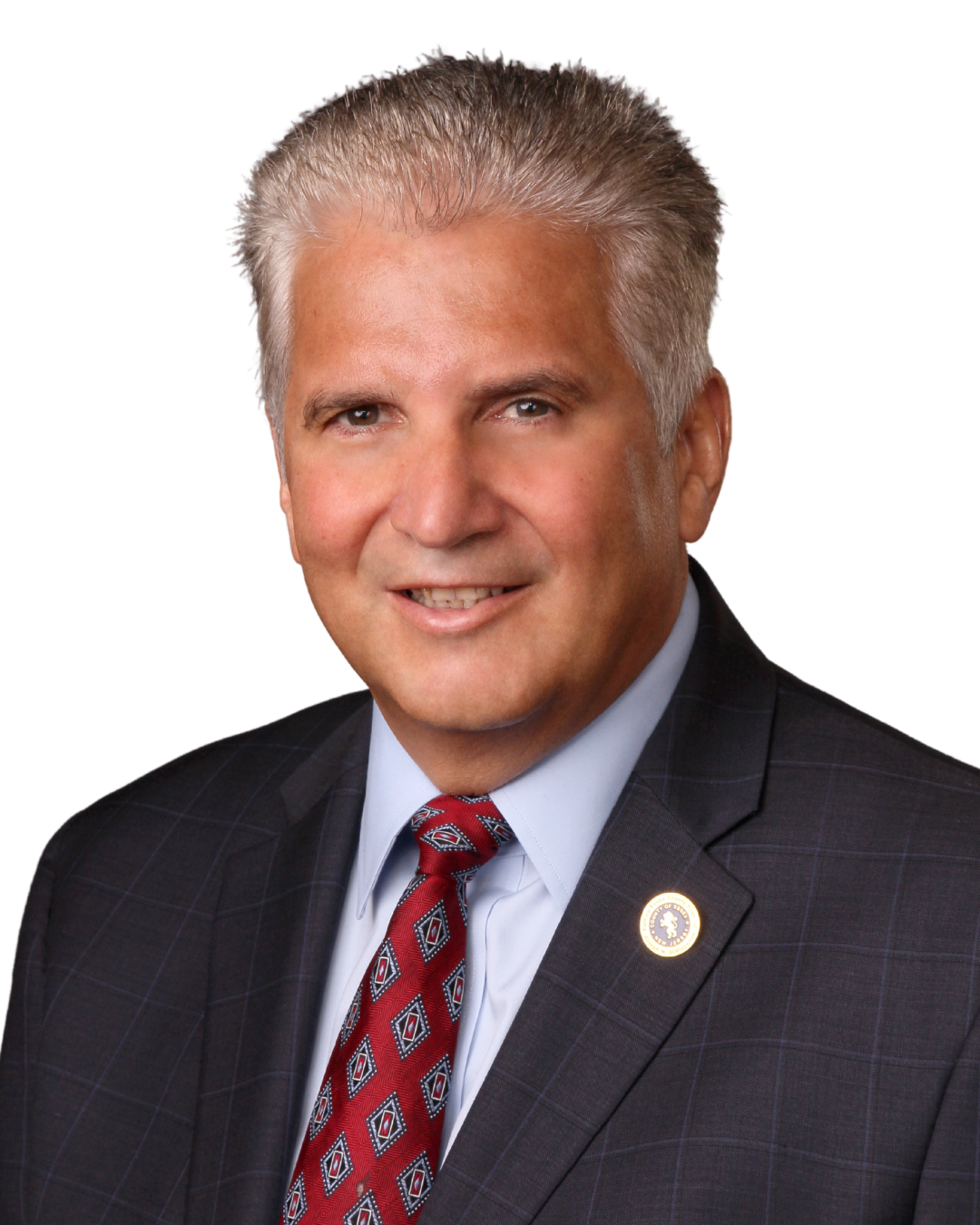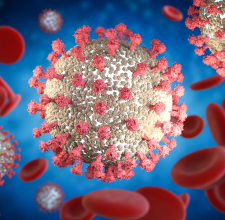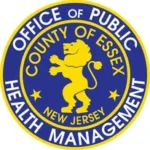Office of Public Health Management

Joseph N. DiVincenzo, Jr.
Essex County Executive
Essex County Emergency Preparedness Track
Essex County, in partnership with HAPevolve, is providing our healthcare facilities with an Emergency Preparedness Track, a program developed to provide training, expertise, tools, and other resources that will help to advance your emergency preparedness journey.
What We Do
Building a Healthier Future

Through these essential services, ECOPHM is committed to creating a healthier, safer, and more equitable Essex County for everyone.









